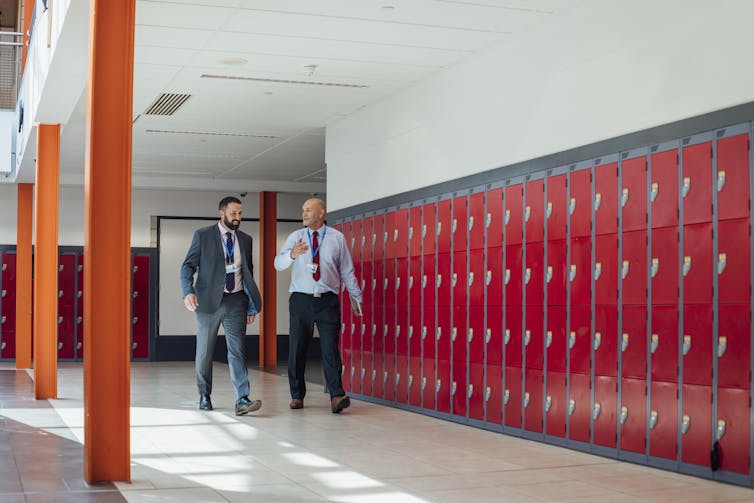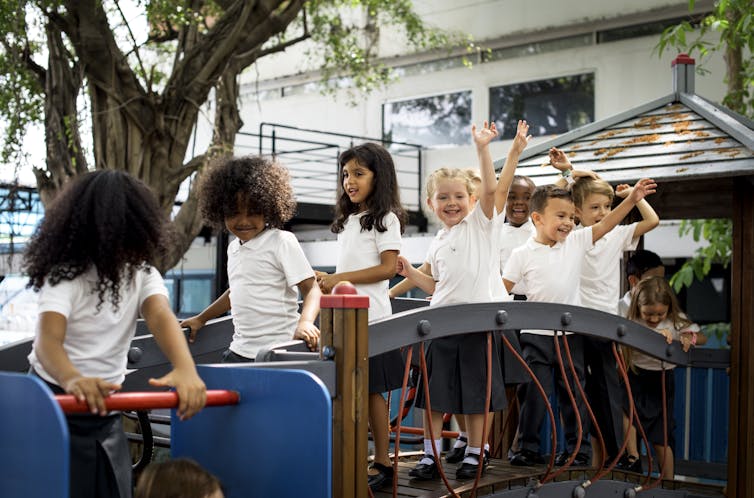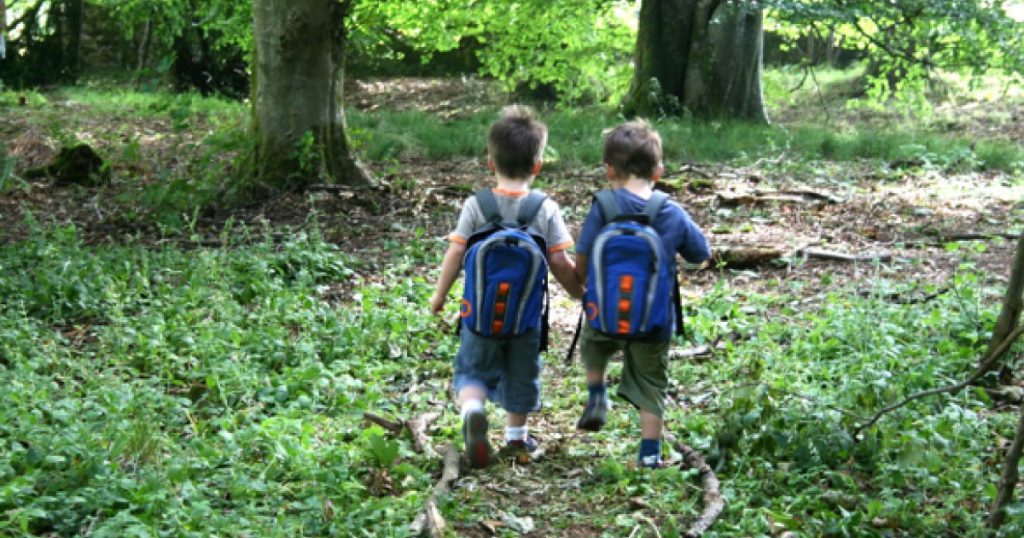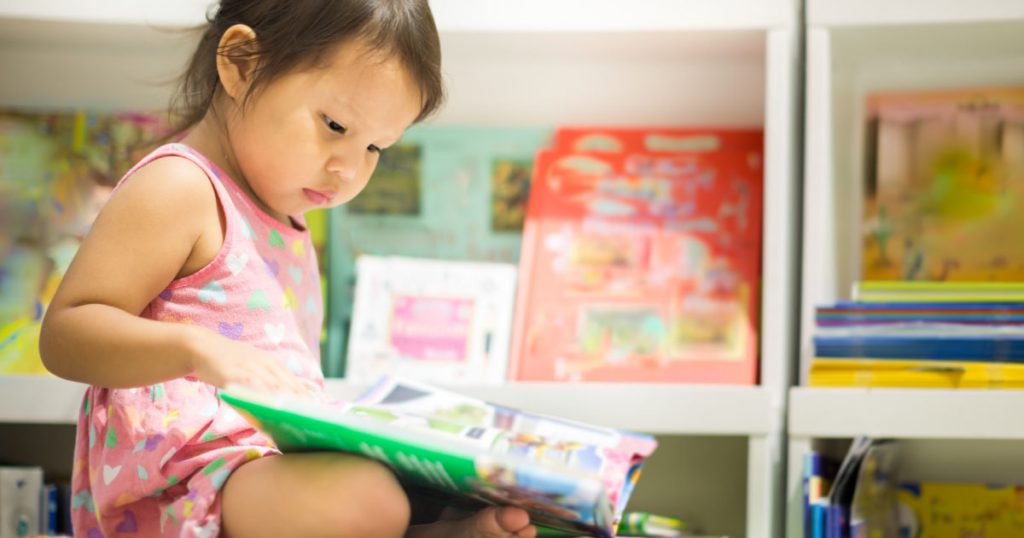
School principals around Australia are responsible for about 4.5 million staff and students in almost 10,000 schools. Not only do they oversee students’ progress, but they are also responsible for the performance of staff and the wellbeing of everyone at their school. Their jobs are huge.
As we have previously tracked in our annual survey of principals, their jobs are also extremely stressful and they are subject to regular abuse – often from parents.
Our latest survey shows these trends are not changing. And more than 50% of those we surveyed are seriously thinking about quitting.
Our research
Since 2011, we have surveyed Australian school leaders. This includes principals, deputy principals, and other school leaders such as heads of junior or senior schools.
In our new report, we surveyed almost 2,200 people, which is more than 20% of Australian school leaders. In 2024, we surveyed primary and high school leaders from government, independent and Catholic schools all around the country.
This makes it the most comprehensive data set on principals’ health and wellbeing in Australia. It is also the longest-running survey of its type in the world.

Sol Stock/ Getty Images
High workloads and stress
Previous surveys have shown school principals face unsustainably high workloads and high levels of stress. Unfortunately, these trends continue in our latest 2024 results.
School leaders work an average of 54.5 hours a week during term time and 20.6 hours during holidays. They nominated the “sheer quantity of work” as the biggest source of their stress.
This was closely followed by “lack of time to focus on teaching and learning” and “student-related issues”.
As a high school principal from Western Australia told us:
I do love what I do however it is a seriously difficult role and only getting harder.
Generalised anxiety and depression reports have also increased from last year’s survey. Severe anxiety was reported by 14.8% of participants, up from 11.4% in 2023. Moderate depression is reported by 11.1% of participants, up from 10.6%.
Critical incidents
For the first time, our 2024 survey asked principals about the number of “critical incidents” they have to deal with. These are defined as an “often unexpected event that may involve loss or threat to wellbeing or personal goals”.
Nearly three-quarters (73.7%) said they had experienced a critical incident while in their role. The most common type of incident was violence and security threats (43.9%). Suicide and suicidal threats represented 12.6% of reported incidents. Participants also reported medical emergencies (10.3%) and custody or child-protection incidents (7%).
As one NSW principal told us:
I think it is untenable for principals to continue to be under constant stress at this level and am aware that many of my colleagues are also retiring or considering retiring. I have only just turned 59 and would like to work for another 5-10 years but can’t continue due to the ridiculous workload and pressure.
Schools are not safe for principals
An increasing number of principals report being subject to offensive behaviours that are unacceptable in any workplace – let alone one that involves children and young people.
Nearly 55% reported they are subjected to threats of violence, 57% are subjected to gossip and slander, and 35% are subjected to cyberbullying. These are the highest levels we have ever reported.
When asked “from whom”, more than 65% of school leaders said parents and caregivers. Students also contribute, but unfortunately, so do staff. They were the source of 29% of “gossip and slander” reported by school leaders.
As one ACT school leader told us:
The major cause of distress are parents. Parents behave in an unreasonable manner, have ridiculous expectations and think that because they went to school they can therefore run a school. Principals are constantly defending staff from parents. Parents are rarely told to stop and desist by Education Support Offices.

Rawpixel.com/ Shutterstock
Many prinicpals want to leave
In 2023, we first asked the question whether school leaders seriously consider leaving their job. More than half (56%) agreed or strongly agreed with the statement.
It’s pleasing to report this has reduced slightly to 53% nationally, but the trend is, unfortunately, not consistent across the country.
For example, the figure in NSW has dropped from 63% to 51%, but in Victoria it has increased from 48% to 54%. Policymakers across jurisdictions could benefit from working together to address these findings, to see what is working and what is not.
How can we help?
The demands on today’s school principals are significant – the work takes an emotional toll – and this means we need different approaches to supporting them.
It’s why we recommend education departments and school boards provide “reflective supervision” for school leaders. This gives professionals a regular chance to reflect on what they are doing with a confidential and experienced practitioner in the field, which in this case would be another experienced school leader.
This is a widespread practice in other demanding workplaces, such as family violence, healthcare, and child mental health. Practitioners in these fields benefit through improved management of their own wellbeing, which in turn helps them support their clients and patients.
We also need to make sure governments regularly and routinely consult principals about education policy.
Schools and education departments should also explore alternative models to make the job more sustainable. This could include co-principals or job sharing models.
Without change, too many leaders will leave too quickly, without anyone left to replace them.
![]()
Herb Marsh receives funding from ARC research grant funding
Theresa Dicke has received funding from ARC and still receives funding from several peak principal associations to complete this research.
Paul Kidson does not work for, consult, own shares in or receive funding from any company or organisation that would benefit from this article, and has disclosed no relevant affiliations beyond their academic appointment.
Read More: Read More



